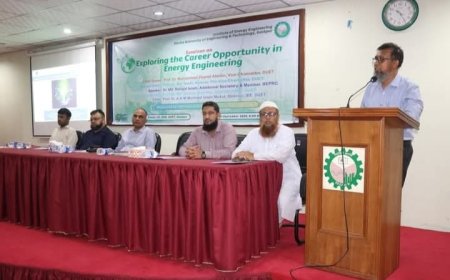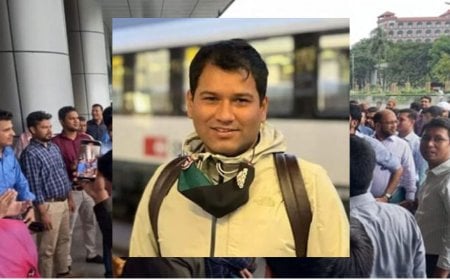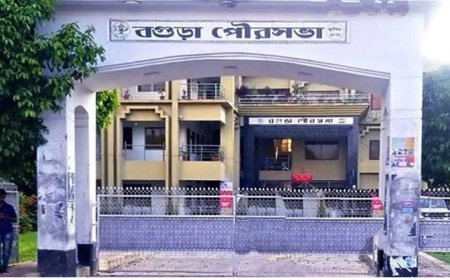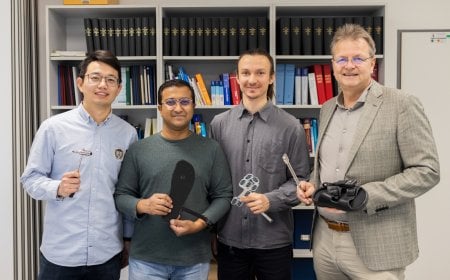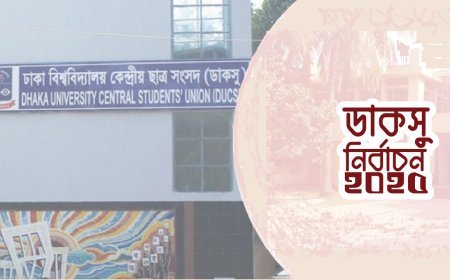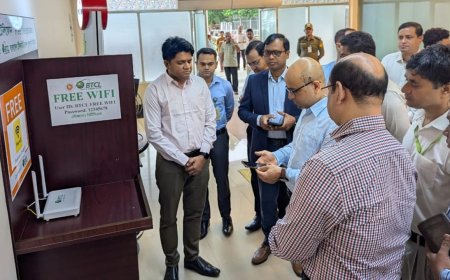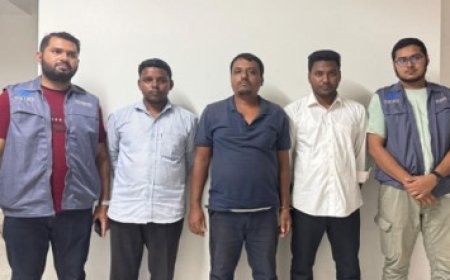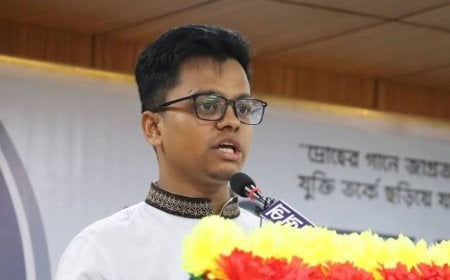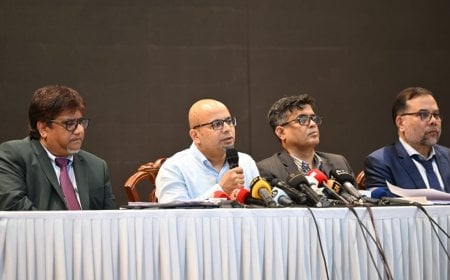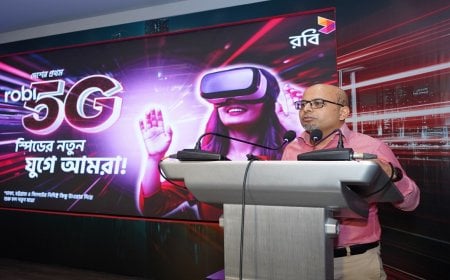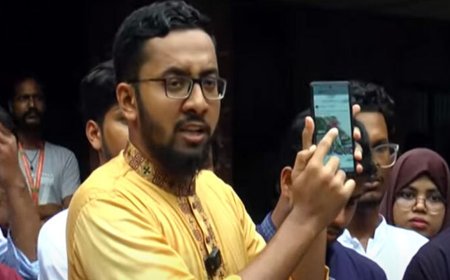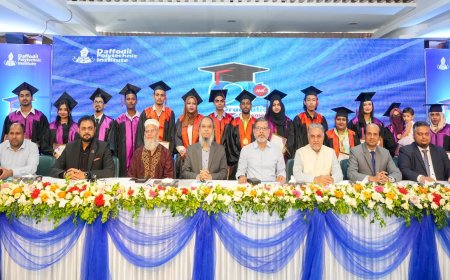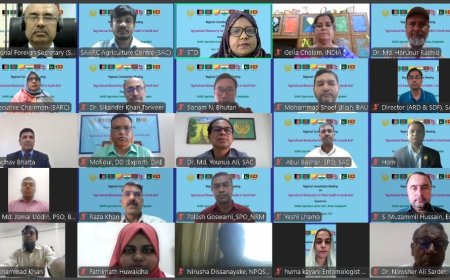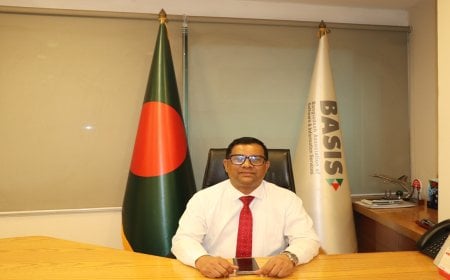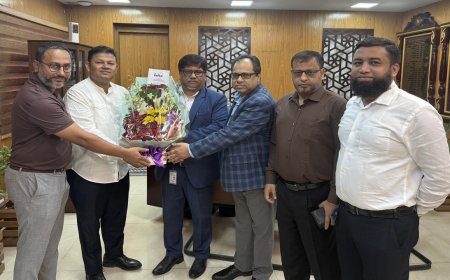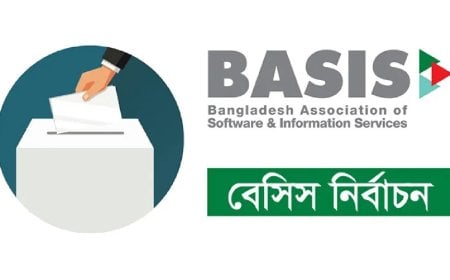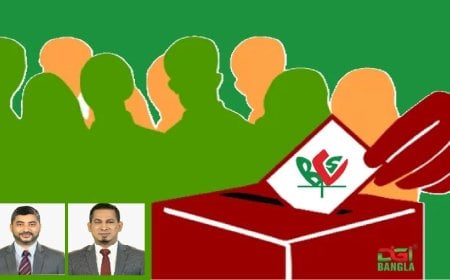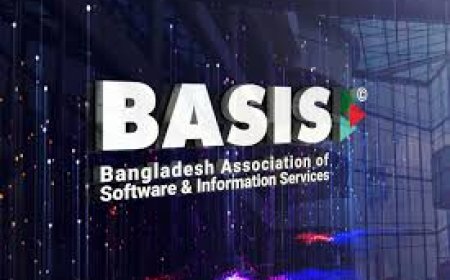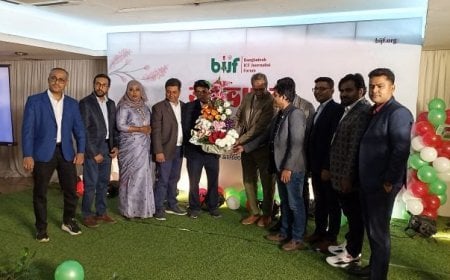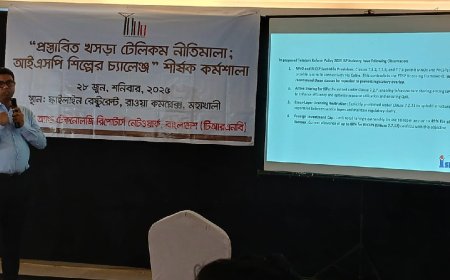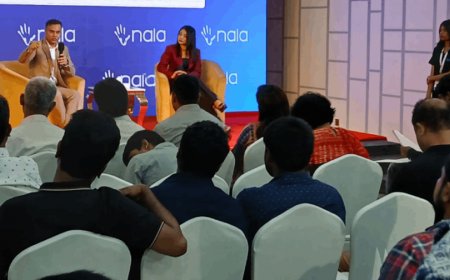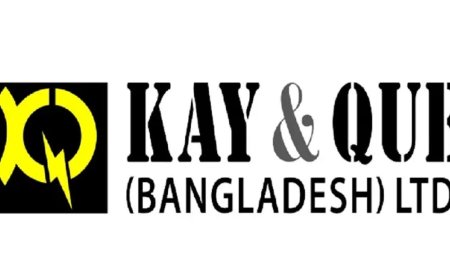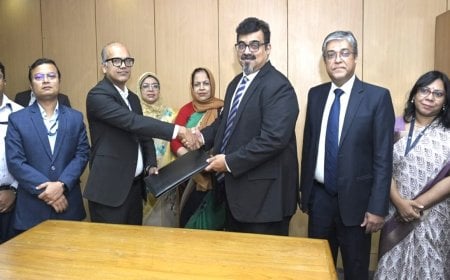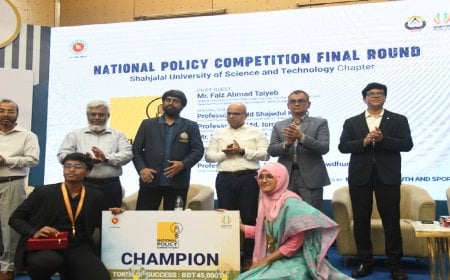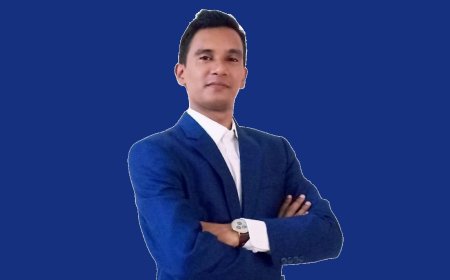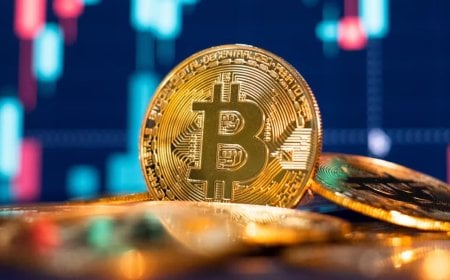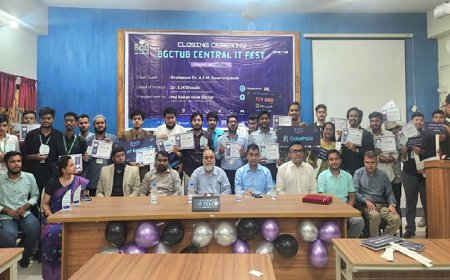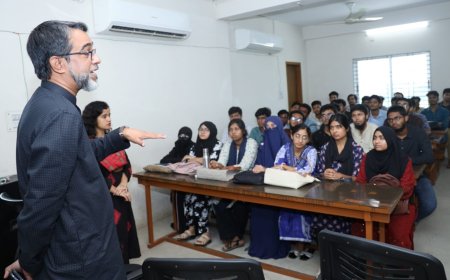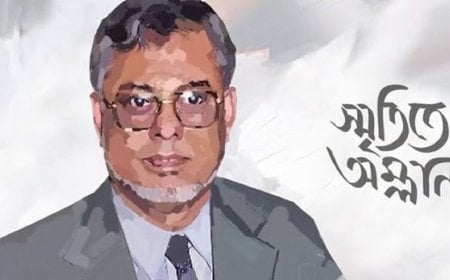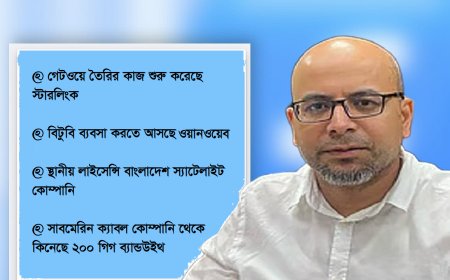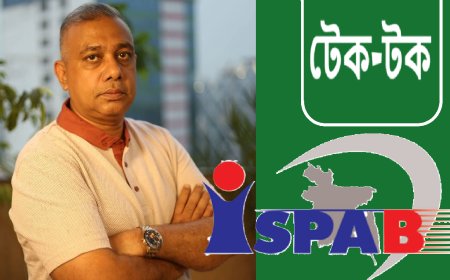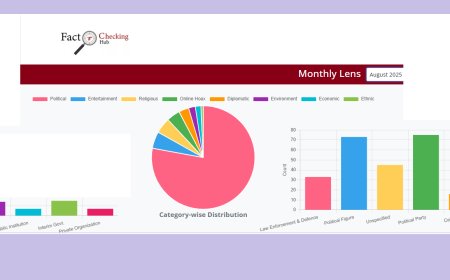Semiconductor Strategy: Scholar Urges IP Protection to Unlock $150 Billion Opportunity
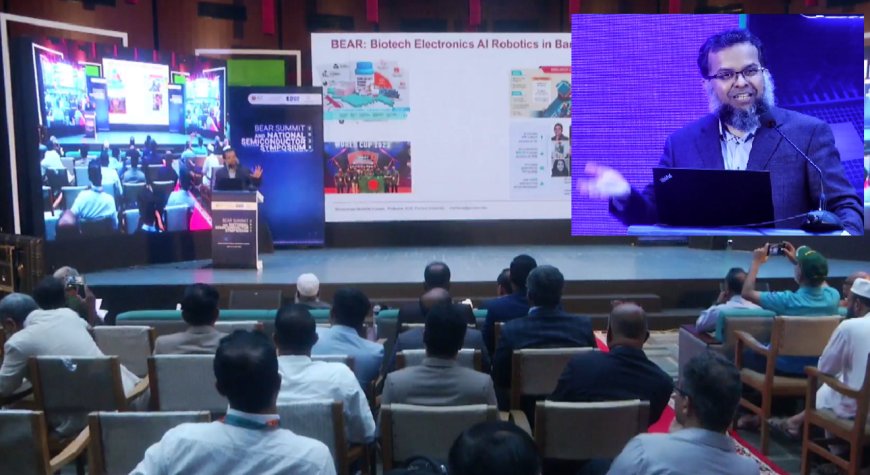
The global semiconductor and artificial intelligence (AI) industries are projected to surpass $15 trillion in growth over the next 7 to 10 years. Even securing just 1 percent of that market could earn Bangladesh $150 billion—enough to offset the impact of inflation in the coming decade. That’s the estimate and appeal made by Professor Mostafa Hossain of Padru University, USA.
He delivered the keynote presentation on Thursday, July 17, at the concluding session of the ongoing BEAR Symposium, held at the Science and Technology Complex in Agargaon, Dhaka.
Professor Mostafa stressed, “It will be impossible to sustain future economic balance without strong intellectual property (IP) protection.” He emphasized the urgency of gaining expertise in the Internet of Things (IoT), 3D ID packaging, digital twins, AI development, and semiconductor technology.
He further pointed out that over 3,000 expatriate Bangladeshis are already working in various global semiconductor companies. Prominent figures such as Abu Mirza, Senior Vice President of GE Healthcare in AI; Dr. Md. Touhidul Islam, Assistant Professor at Stanford University; Dr. Anisul Khan, recently the Vice President of Applied Materials; Shatil Haque, Vice President of Innovix; Dr. Mahbub Rashed, Vice President of Global Foundries; and Zia Karim, CTO of YES, are all serving in policy-making roles within the global semiconductor industry. Professor Saif Salauddin from the University of California, Berkeley has also played a key role in elevating Taiwan Semiconductor Manufacturing Company (TSMC) to new heights.
Recognizing their global contributions, Professor Mostafa proposed granting these individuals national hero status, saying, “They are our stars, and should be honored like Saif Salauddin and Shakib Khan.”
He called for Bangladeshi universities—many of which currently focus on biotech and pharmacy—to now shift focus toward semiconductor, robotics, and AI education. “This will accelerate our progress in the digital economy,” he said. “There are seven Bangladeshi experts who are global leaders in semiconductor innovation—we must recognize and value them.”
Underscoring the significance of economic soft power, he noted, “Bangladesh’s semiconductor growth is not solely the work of electronics engineers. Materials scientists have played an essential role.” He added that from a geoscientific perspective, 87 different elements are required in the development of semiconductors. “It is because of this kind of soft power that China is capable of imposing embargoes on the United States,” he explained.
To harness such potential, Professor Mostafa proposed establishing fabrication labs through a 30-30 investment model—30 percent from local entrepreneurs and 30 percent from the government. He emphasized the need for an enabling policy framework and recommended offering a $5,000 matching grant from the government to entrepreneurs engaged in assembly, testing, and packaging operations. “If this preparation is completed,” he argued, “semiconductor manufacturing will shift from Shenzhen to Bangladesh.”
“I have developed a five-year strategic plan,” Professor Mostafa revealed. “If we can train 20,000 skilled BEAR professionals during this period, Bangladesh could earn up to $150 billion in export revenue from the semiconductor sector alone over the next five years.”

